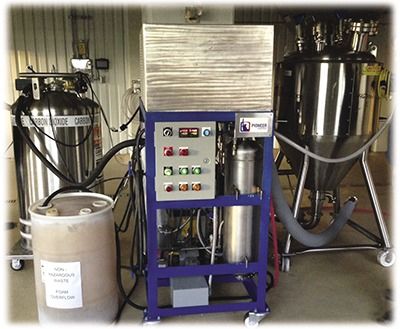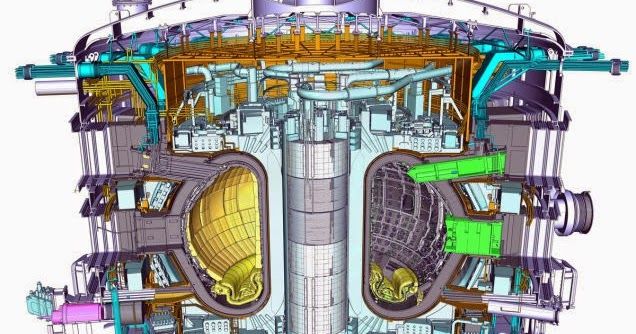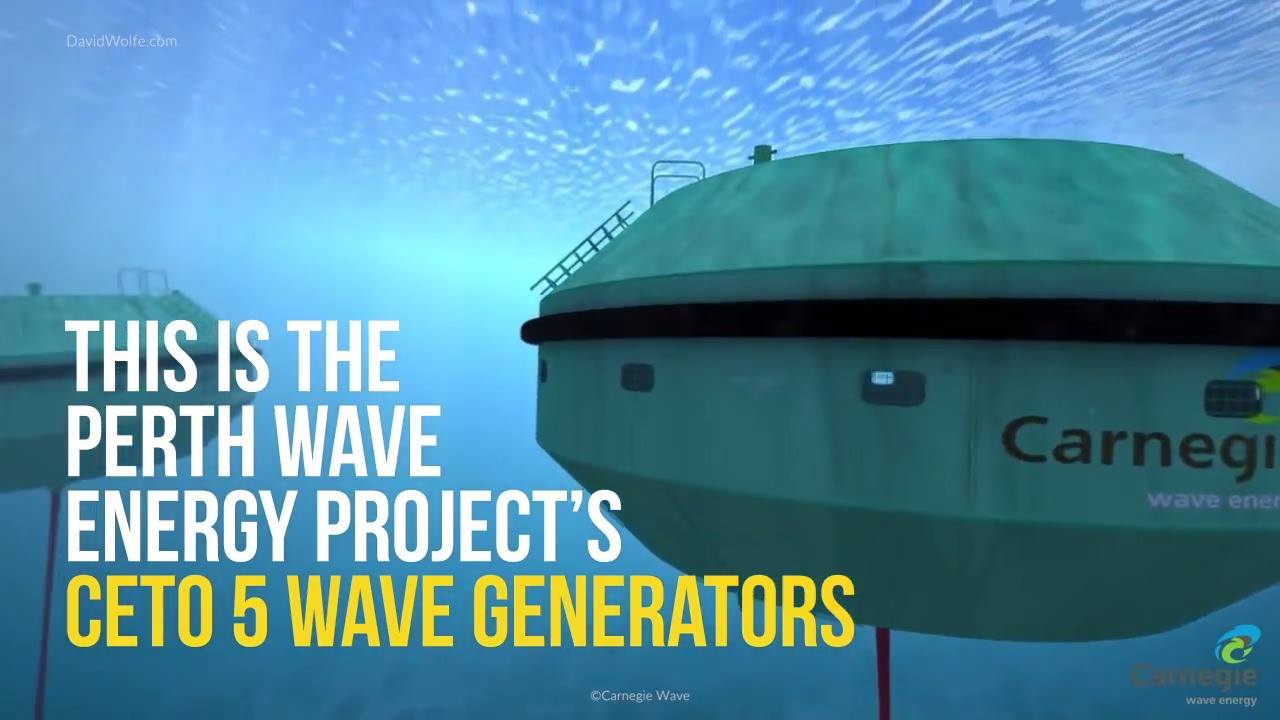[youtube_sc url=“https://www.youtube.com/watch?v=Q4VGQPk2Dl8”]
Category: energy

A Wannabe Supervillain Built His Own Thermite Cannon
It’s not often you come across a real-life mad scientist. They’re usually just over-the-top antagonists in comic books, but Colin Furze is the real thing. He has a penchant for building things that often blow up—on purpose—like this impossibly dangerous-looking thermite cannon.
Not familiar with thermite? It’s an especially nasty chemical composition made of metal power and oxide that burns as hot as 2,500 degrees celsius. If it ignites, you don’t want to be anywhere near it, which is why a cannon that puts a lot of distance between you and a flaming thermite grenade isn’t the world’s worst idea.

Researchers Found a Way to Shrink a Supercomputer to the Size of a Laptop
Scientists at the University of Lund in Sweden have found a way to use “biological motors” for parallel computing. The findings could mean vastly more powerful and energy efficient computers in a decade’s time.
Nanotechnologists at Lund University in Sweden have discovered a way to miniaturize the processing power that is found today only in the largest and most unwieldy of supercomputers. Their findings, which were published in the Proceedings of the National Academy of Sciences, point the way to a future when our laptops and other personal, handheld computing devices pack the computational heft of a Cray Titan or IBM Blue Gene/Q.
But the solution may be a little surprising.

CO2 Recovery System Saves Brewers Money, Puts Bubbles into Beer
NASA Technology
Building on work he and his companies did with Johnson Space Center’s In Situ Resource Utilization (ISRU) team, Robert Zubrin has developed and commercialized technologies that could prove revolutionary in their Earth applications, such as a system that could extract millions of barrels of oil from defunct oil wells around the world and another that can harness all the natural gas currently burned off as waste at many oil drilling rigs (Spinoff 2015).
But when he’s not working to change this world or colonize others, the president of Pioneer Astronautics, Pioneer Energy, and the Mars Society enjoys a good microbrew. Now, he’s applied some of that same technology to cut costs for craft breweries that produce anywhere between 3,000 and 300,000 barrels per year.

Lockheed Martin’s new Compact Fusion Reactor Might Change Humanity Forever
This is an invention that might possibly modify the civilization as we know it: A compact fusion reactor presented by Skunk Works, the stealth experimental technology section of Lockheed Martin. It’s about the size of a jet engine and it can power airplanes, most likely spaceships, and cities. Skunk Works state that it will be operational in 10 years.
Aviation Week had complete access to their stealthy workshops and spoke to Dr. Thomas McGuire, the leader of Skunk Work’s Revolutionary Technology section. And ground-breaking it is, certainly: Instead of utilizing the similar strategy that everyone else is using— the Soviet-derived tokamak, a torus in which magnetic fields limit the fusion reaction with an enormous energy cost and thus tiny energy production abilities—Skunk Works’ Compact Fusion Reactor has a fundamentally different methodology to anything people have tried before. Here are the two of those techniques for contrast:

Bladeless Turbines? Say Hello To Vortex Wobble Technology
Vortex is a bladeless, wind-powered generator prototype that produces electricity with minimal moving parts and leaves a minuscule footprint. To top it off, it makes almost no sound. The design aims to reduce both visual and aural impact of traditional bladed turbines, and utilizes the power within swirling vortices of air.
There are many people using standard wind turbines who find them to be problematic. Bladed wind turbines are dangerous to birds, they are incredibly noisy, and their gigantic size makes commercial use a property allowance issue as well. These concerns might be excuses for those who prefer old-aged electricity, but they hold truth to them and these reasons might be holding back the universal acceptance of standard turbines. This is where Vortex finds itself with the upper hand. The unit is much more compact than windmills, and uses the natural currents of wind to move a series of magnets located within its base to generate electricity.
The design does not produce an equatable amount of energy to wind-driven turbines, but it has fewer moving parts and happens to be up to 80% more cost effective to maintain. Also, it reportedly has 40% less of a carbon footprint in comparison with standard wind turbines, so this system has definite economical benefits.

LiTHIUM-X | TSX-V: LIX
The world is shifting to clean and renewable energy to power homes and transportation. Just like electronic devices, all green homes and cars will require Lithium-ion batteries to store energy and power them. LiTHIUM X locates and develops lithium assets with the goal of supplying the increasing demand from global battery giants like Panasonic, AESC, LG, BYD and – soon – utility companies.
LiTHIUM X is a lithium resource explorer and developer with a focus on becoming a low-cost supplier for the burgeoning lithium battery industry. Its Sal de los Angeles project is situated in the prolific “Lithium Triangle” in Salta Province, Argentina. The project is comprised on 8,156 hectares covering the nucleus of Salar de Diablillos with approximately C$19 million having been invested in the property by previous operators, including $16.2 million in work completed at Sal de los Angeles between 2010 to 2015. It contains high grade brine with a historic NI 43–101 resource of 2.8 million tonnes LCE and historic positive project economics.
LiTHIUM X also has the largest land package in Clayton Valley, Nevada covering over 15,040 acres between its Clayton Valley North project and Clayton Valley South extension. Both land packages are contiguous to the only producing lithium operation in North America – Silver Peak, owned and operated by Albemarle, the world’s largest lithium producers.



Scientists Make Mini Fuel Cells That Keep Phones Charged For a Week
POSTECH has created a solid oxide fuel cell (SOFC) that not only adds life to drones but can also replace lithium-ion batteries in smartphones.
Battery life. Two words that can turn anyone who owns an electronic device into a total wreck. But scientists at POSTECH may have found the solution to prevent you from having a panic attack each time you see your device almost out of juice.
Prof. Gyeong Man Choi and his Ph.D. student Kun Joong Kim have developed a miniaturized solid oxide fuel cell (SOFC) powerful enough to extend the flying time of drones to more than an hour. And that’s just the start.
